How Do Arborists Save Dying Trees?
Most mature trees can fight off disease and the effects of severe weather without any external assistance. Sometimes, however, the health of the tree gets compromised for one reason or another and the tree becomes vulnerable to damage and harm. In such a case, it's important to find out if the tree can be saved and given a new lease on life. Read on to see how arborists save dying trees so that you can be prepared for what to expect if you call one of our arborists to revive your dying tree.
They Identify the Problem
The first thing an arborist will do when they are called upon to treat a dying tree is to find out what the issue is. They could start with a visual inspection of the tree to check whether the tree has signs of decay; pests living in it; it's brittle, dry, and weak; or it has large cracks on the trunk. All of these may point to problems that can be treated or that will require the tree to be cut down.
Apart from this, the arborist could also check to see whether the soil around the base of the tree is too compacted as a result of paving around the base of the tree or parking a car underneath it on a regular basis. This could minimize the tree's ability to take in the air and water it needs. Pests can also burrow easily into a dying tree, which can damage it even more.
They Prune the Tree
Pruning is important for a number of reasons, one of which is removing overly diseased parts of the tree so they don't spread to the rest of the tree. The arborist will then sterilize the cutting implements they used to prune diseased parts of the tree and destroy the parts they have cut off to contain the disease from spreading.
There are different pruning methods for different trees and different issues, so you should hire a professional arborist who knows them all. When a tree's foliage is pruned, it can have an effect of helping the tree focus the available resources on the remaining parts. The tree can then better fight off disease and even survive with less water after it has been pruned the right way.
They Set Up a Watering Program
The next step is the arborist will implement a watering system. Arborists know that too much water and too little water can be detrimental to the health of a tree. With this in mind, they set up a watering program for the tree based on its needs.
If the tree is bigger and fully matured, it may benefit from having a slow-flowing hose left to run at the base of the tree overnight once every two weeks or so. If the tree is smaller and younger, it may need a bit less water and will show improvements faster than a matured tree will. It's important to follow the advice of your arborist on the new watering regimen to follow as it can have a big impact on the recovery of the tree.
They Apply Mulch the Right Way
Mulch is important for the wellbeing of the tree as it helps trap some moisture at the base of the tree and keep it hydrated. All the same, it needs to be used sparingly. This is because too much mulch can suffocate the tree's roots and lead to rot, fungi, bacteria, insects, and other problems that could worsen the health of your tree. It’s best to lay a thin layer of mulch and pull back any excess from the base of the tree with a rake.
They Add the Right Fertilizer
Finally, fertilizer is important, but just like mulch, it has to be used with care. Many arborists will advocate for natural fertilizer like horse manure, which will help the tree get important nutrients. Diseased plant materials should never be used as part of the fertilizer as they can make the tree worse off. For lawn and synthetic fertilizer, it's a good idea to spray or sprinkle it at some distance from the roots of the tree. This is to ensure it doesn’t get into the tree at dangerous concentrations.
Using these methods, arborists can help bring a dying tree back to life. This is important because just one large tree, according to the USDA, can provide up to four people with a full day's supply of oxygen.
Are you looking to hire an arborist to save your property’s dying tree? Call J and C Tree Experts today for a free estimate.
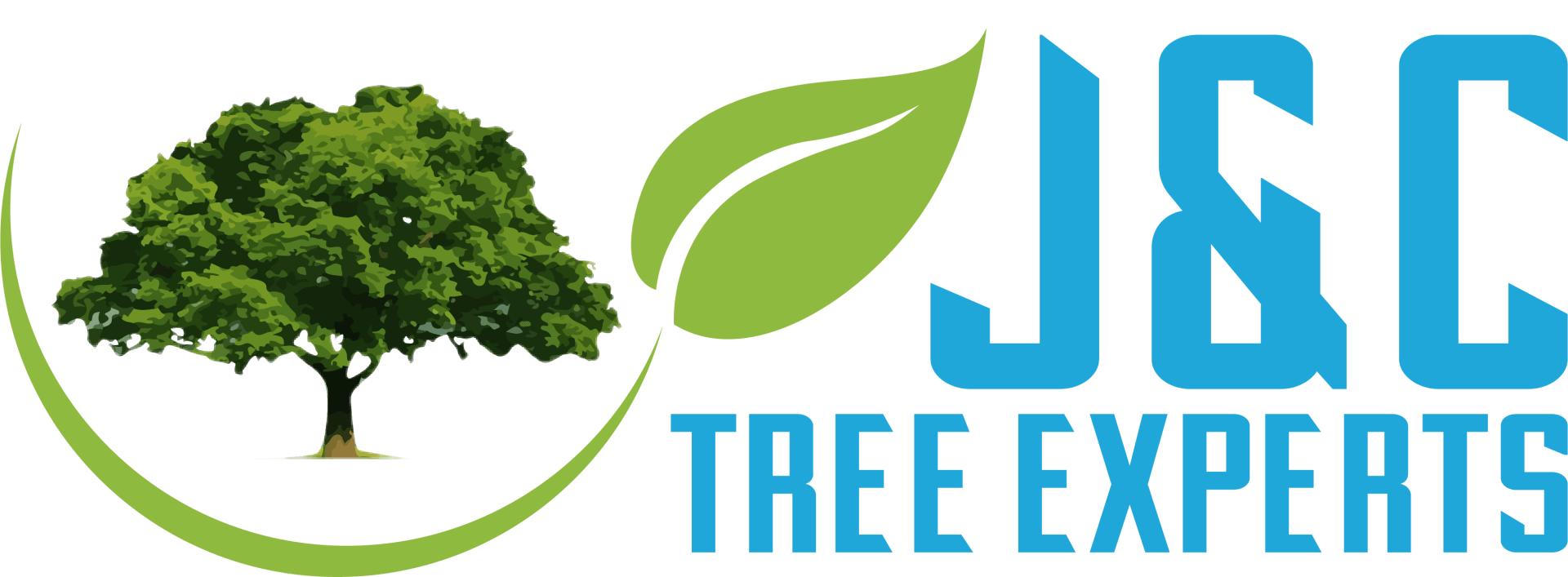
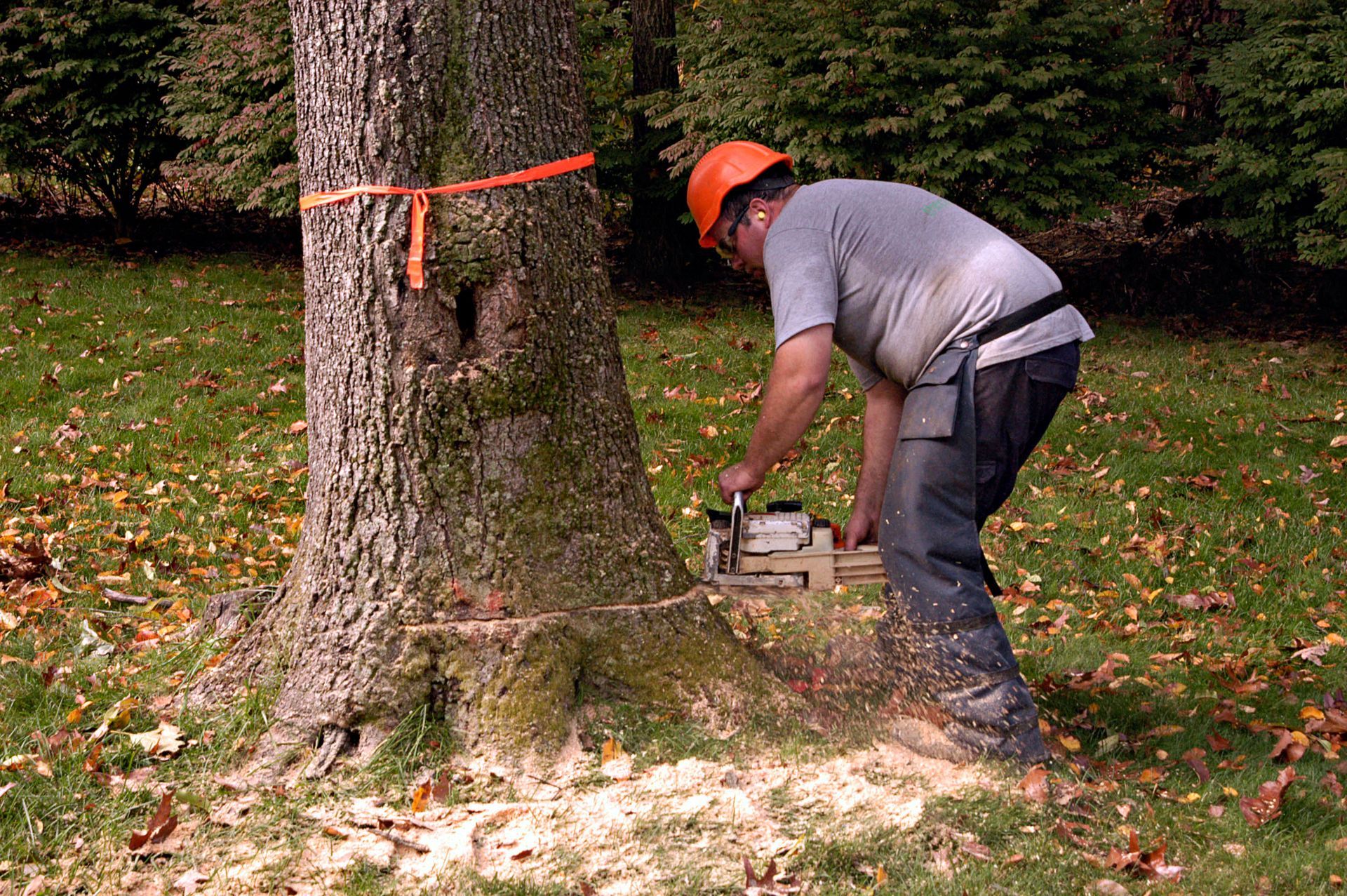
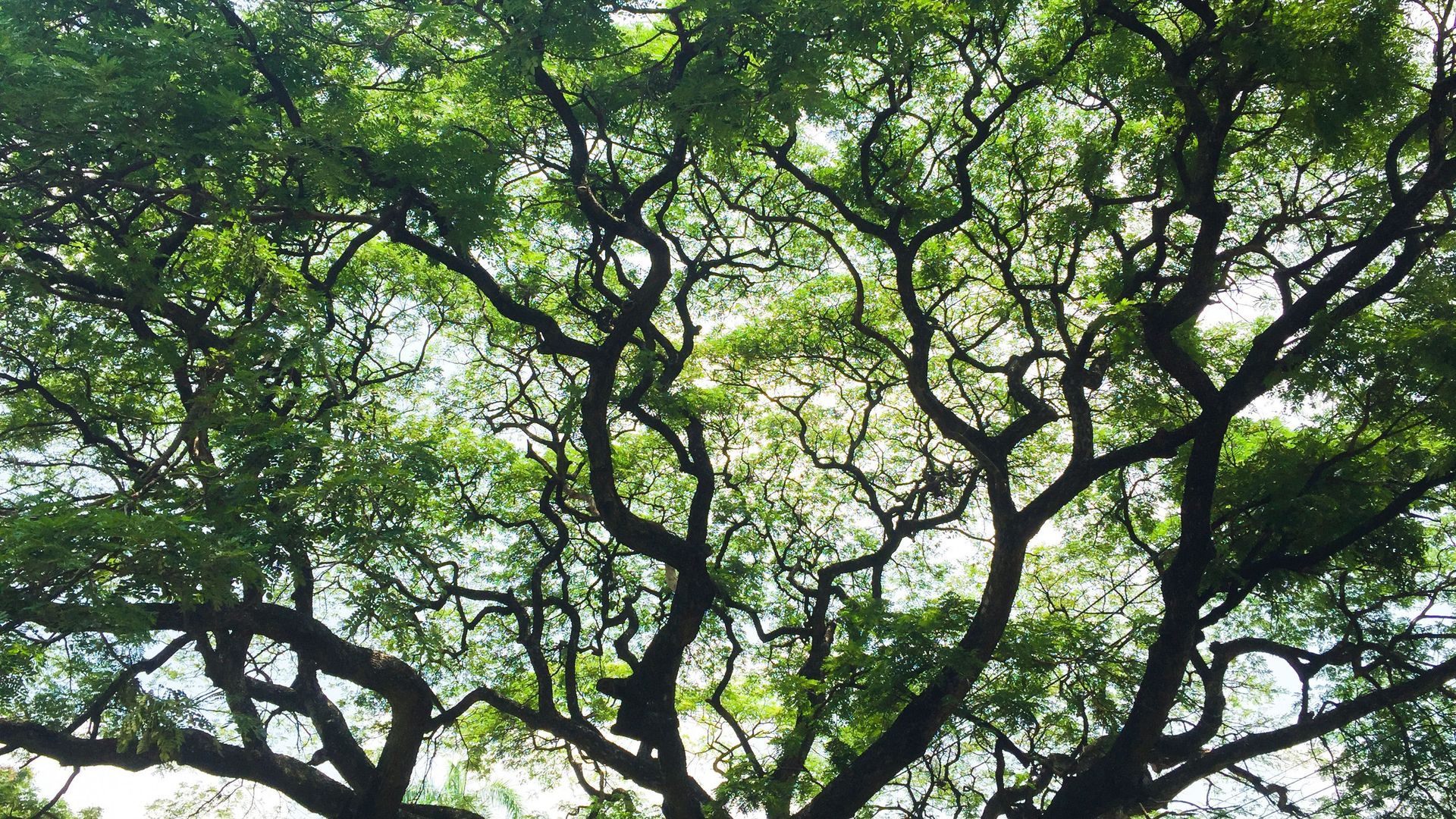
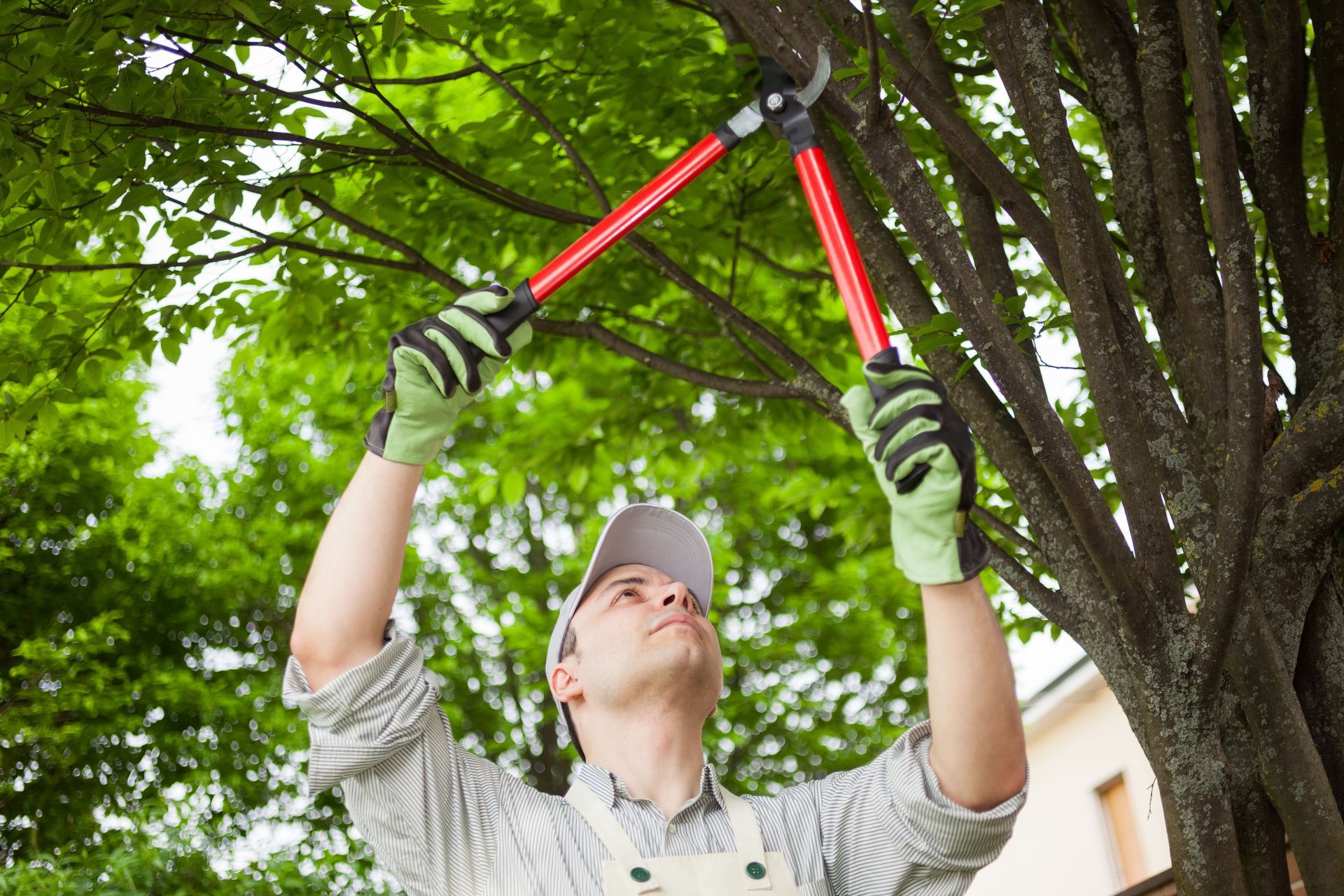
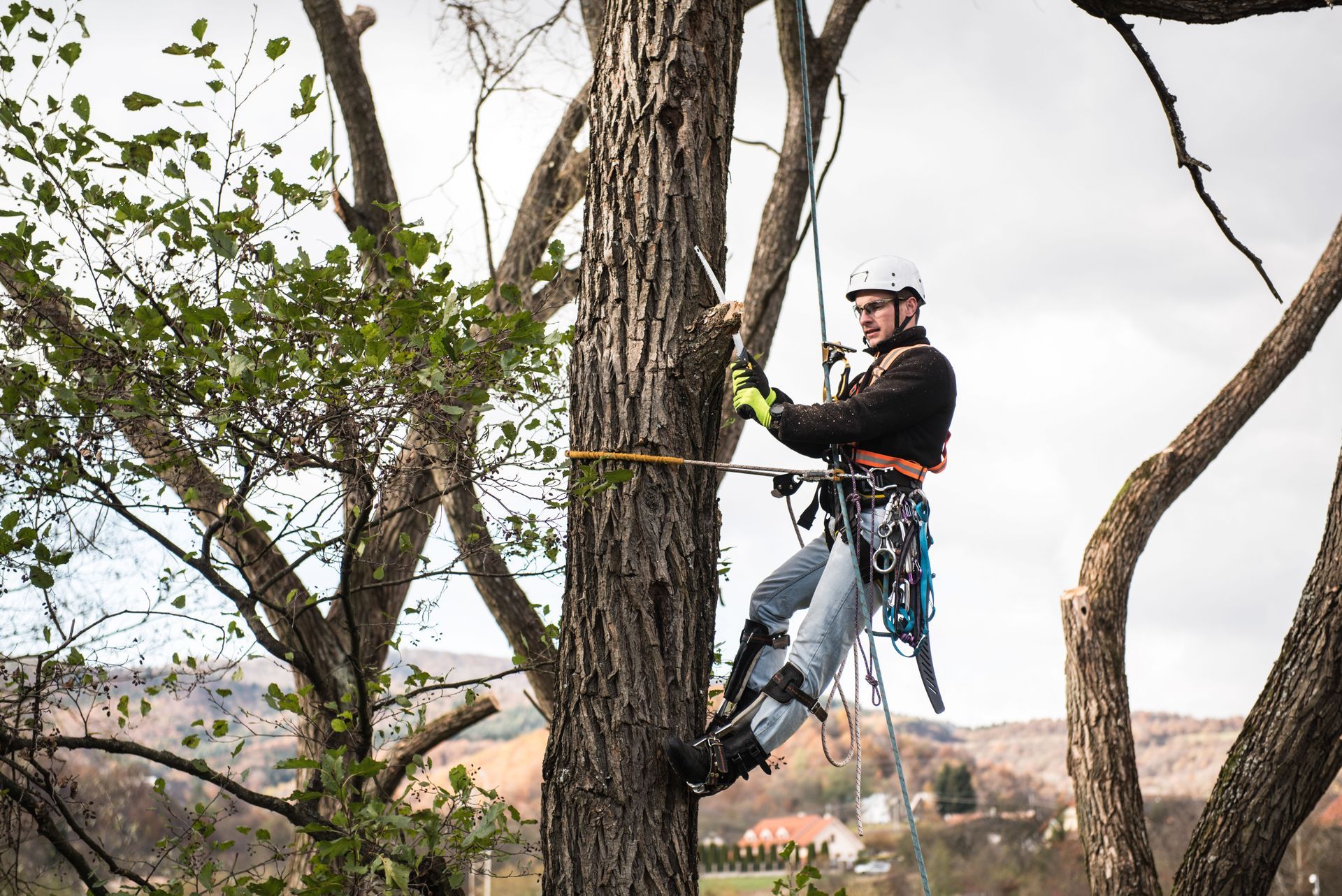
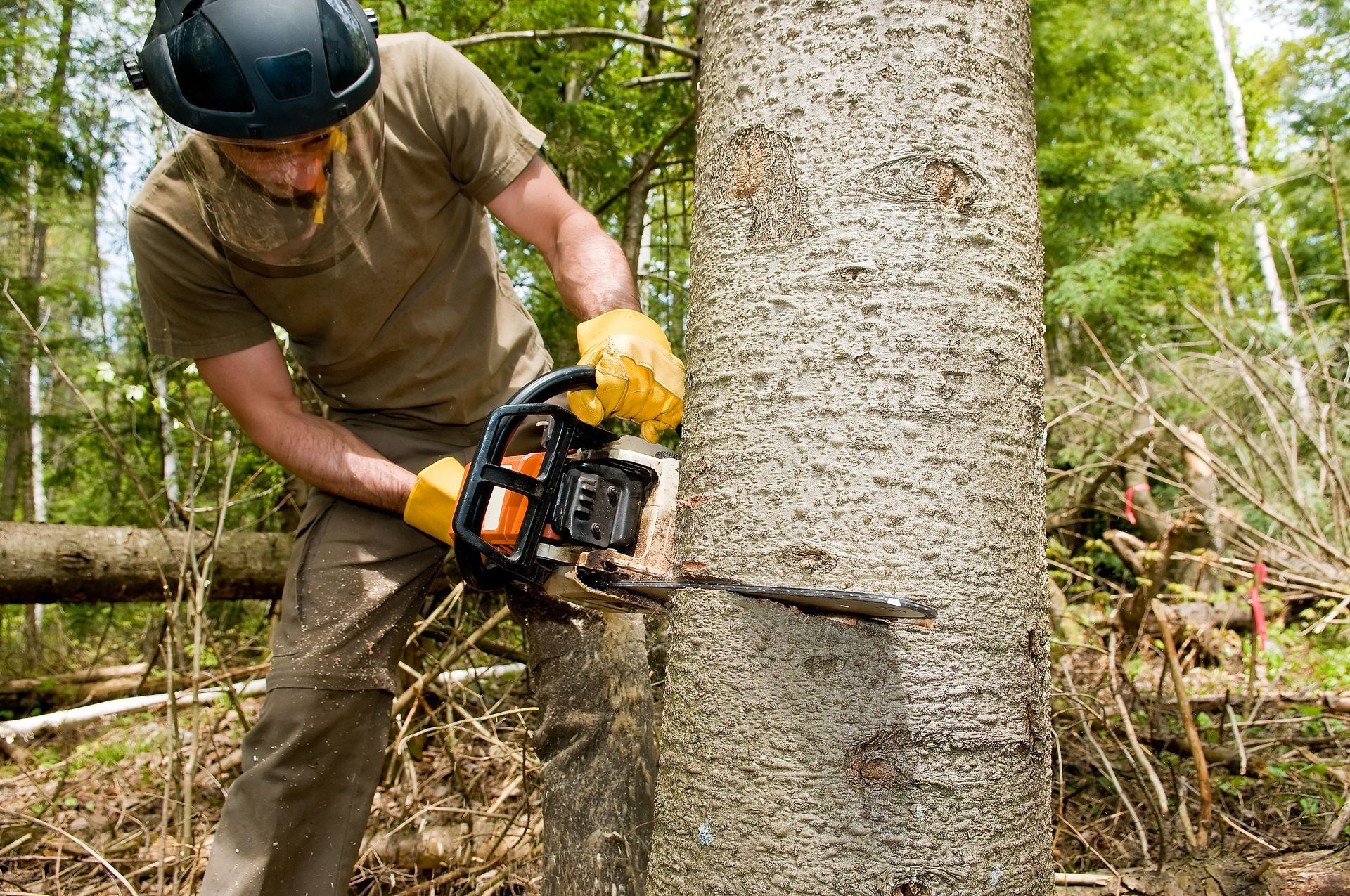
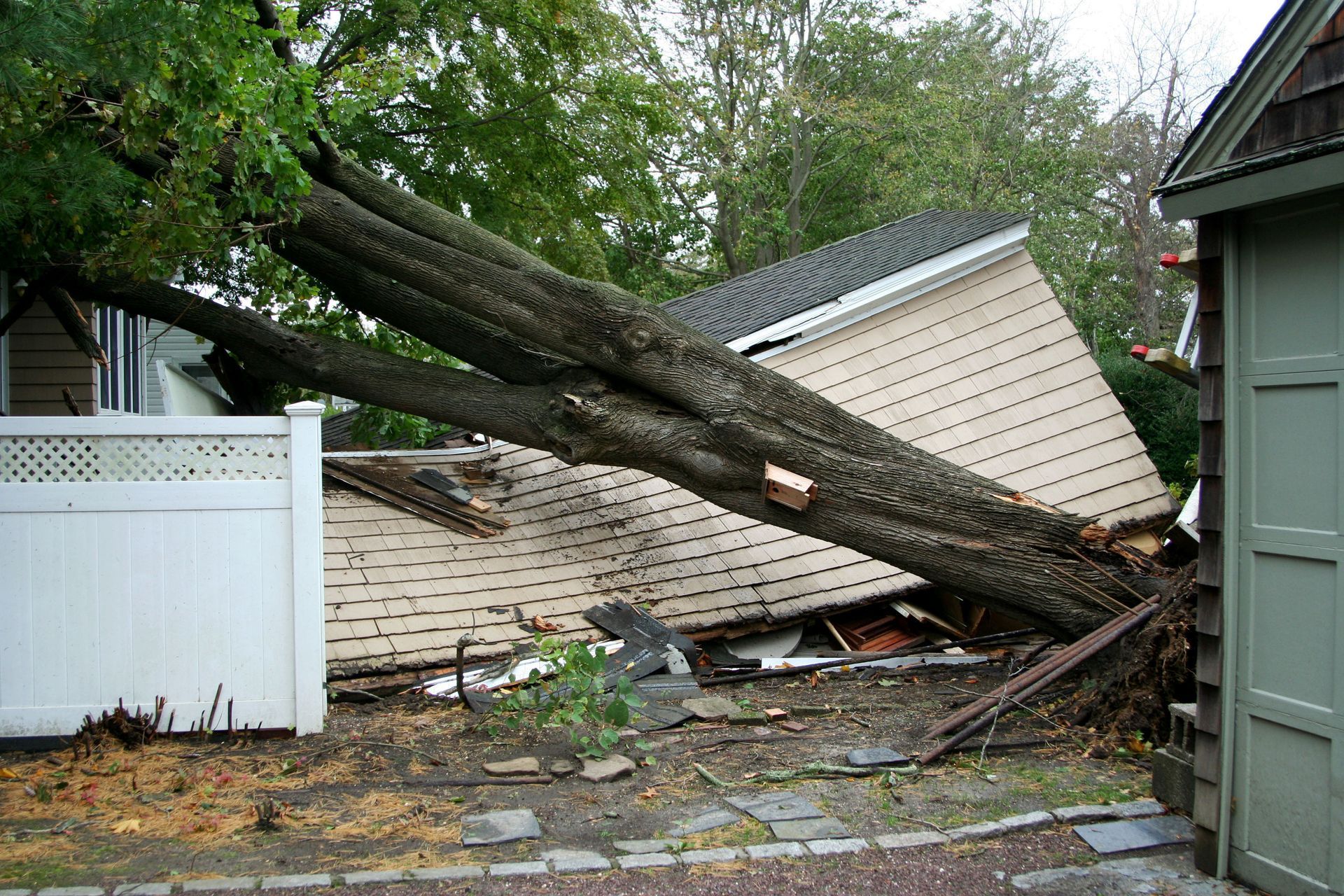

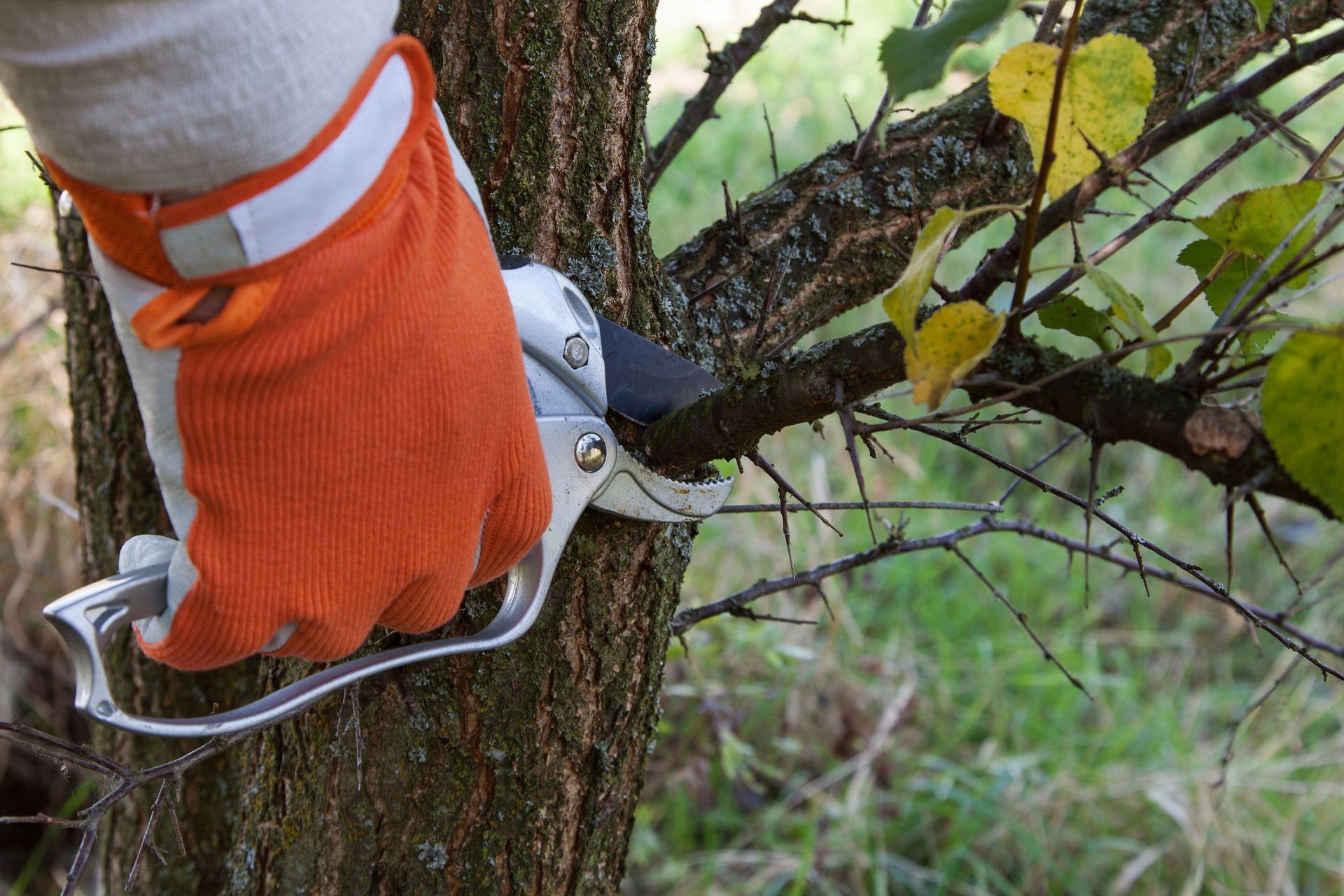
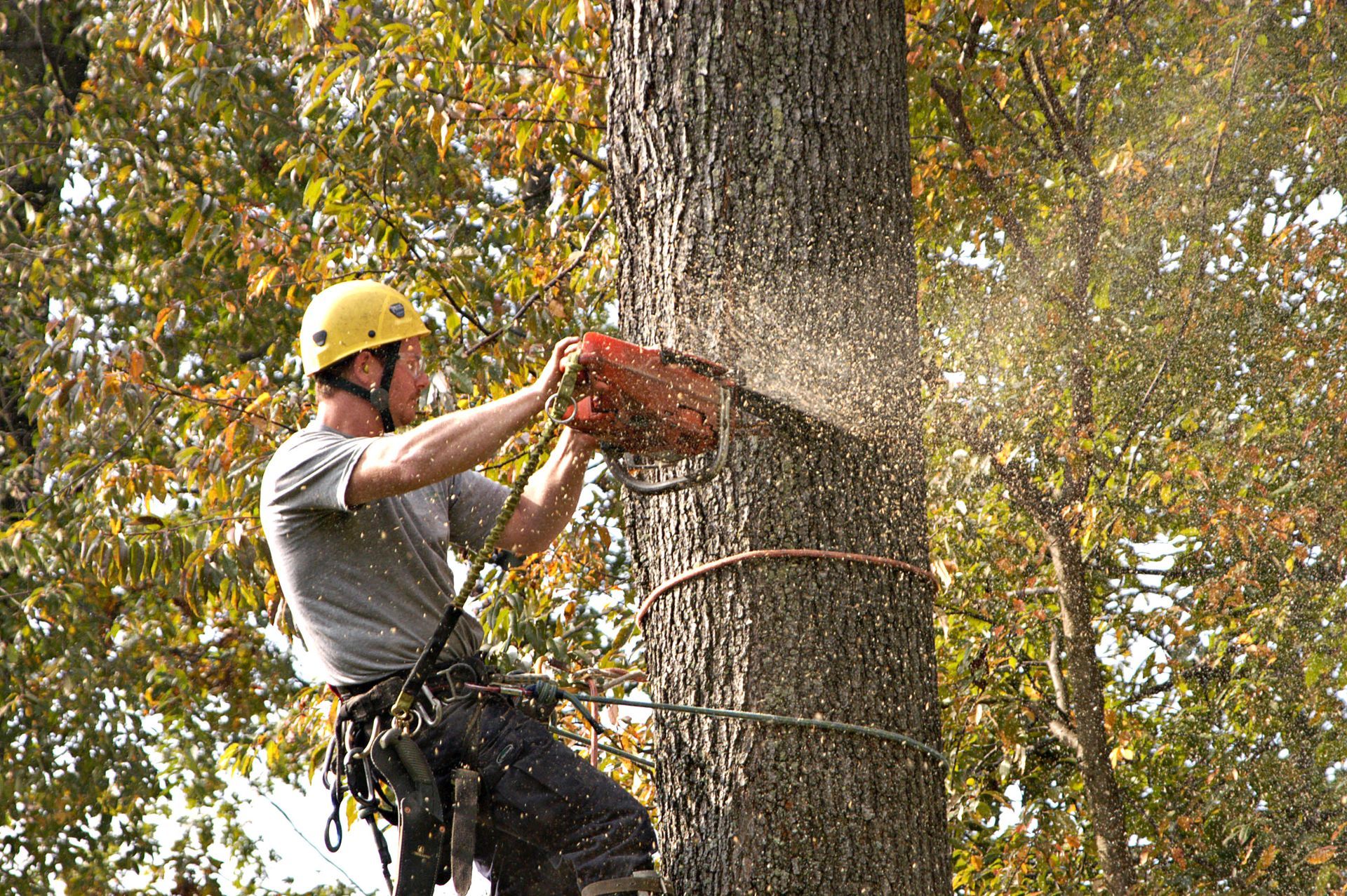
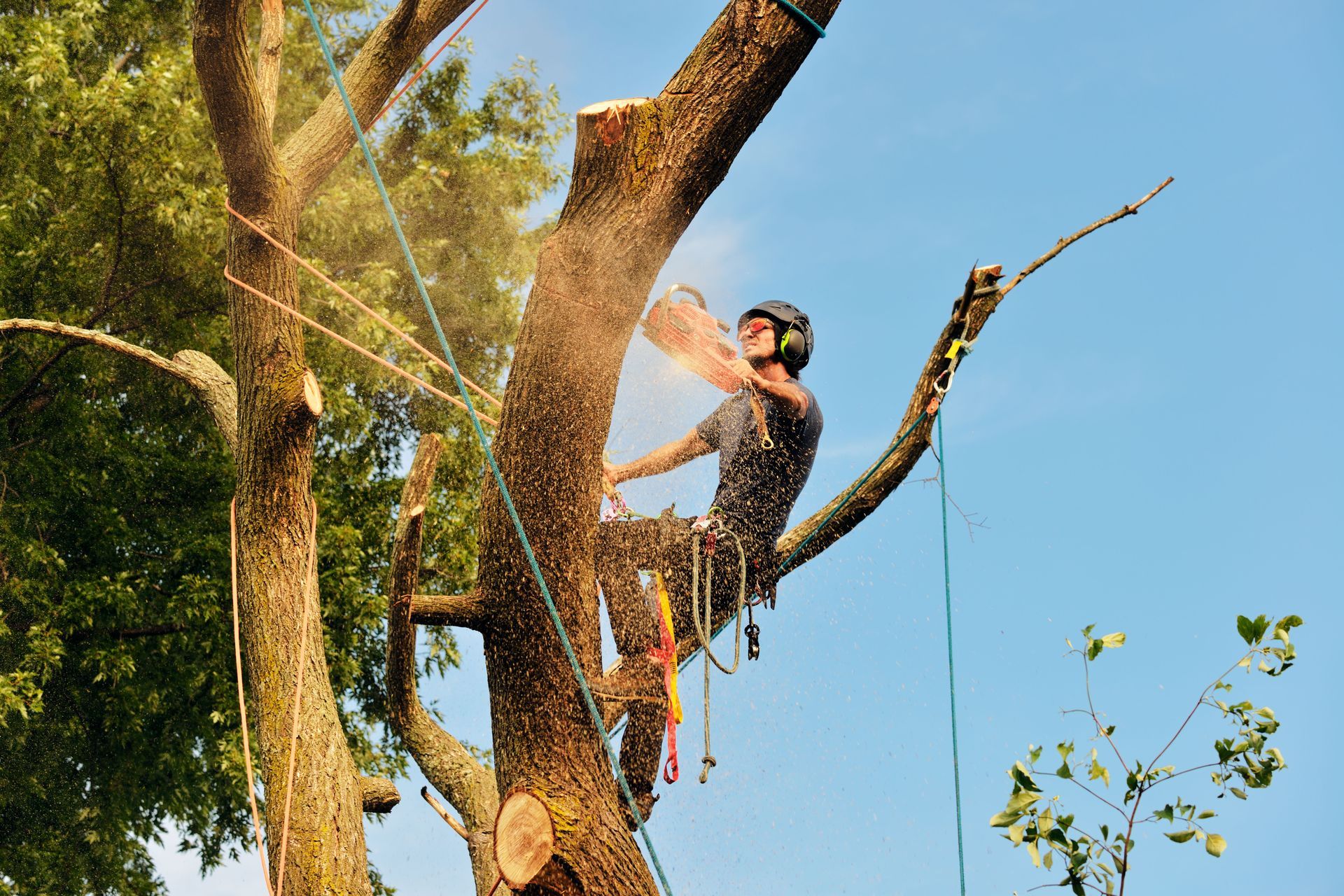
Share On: